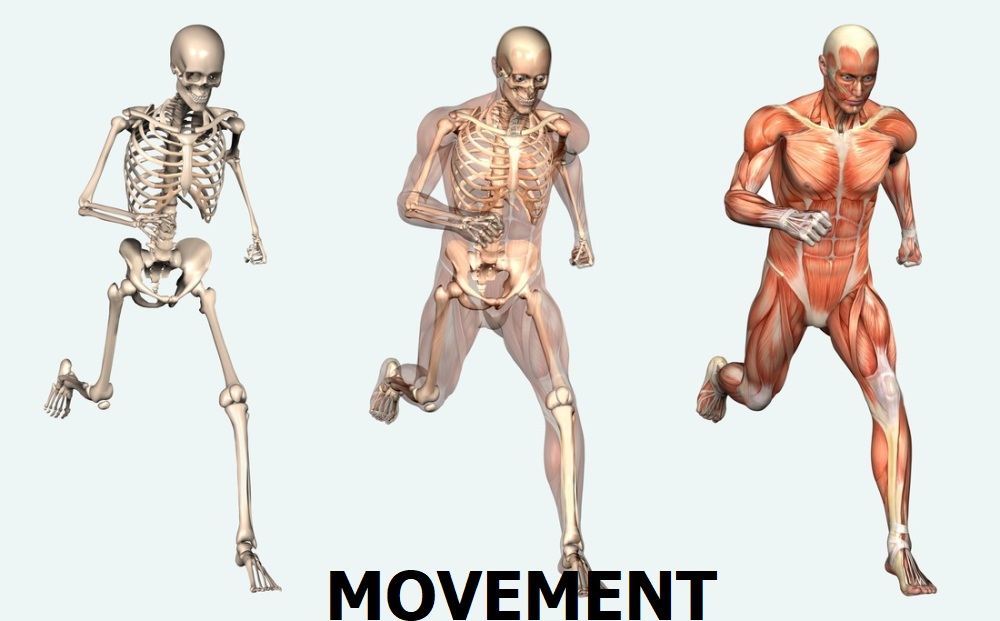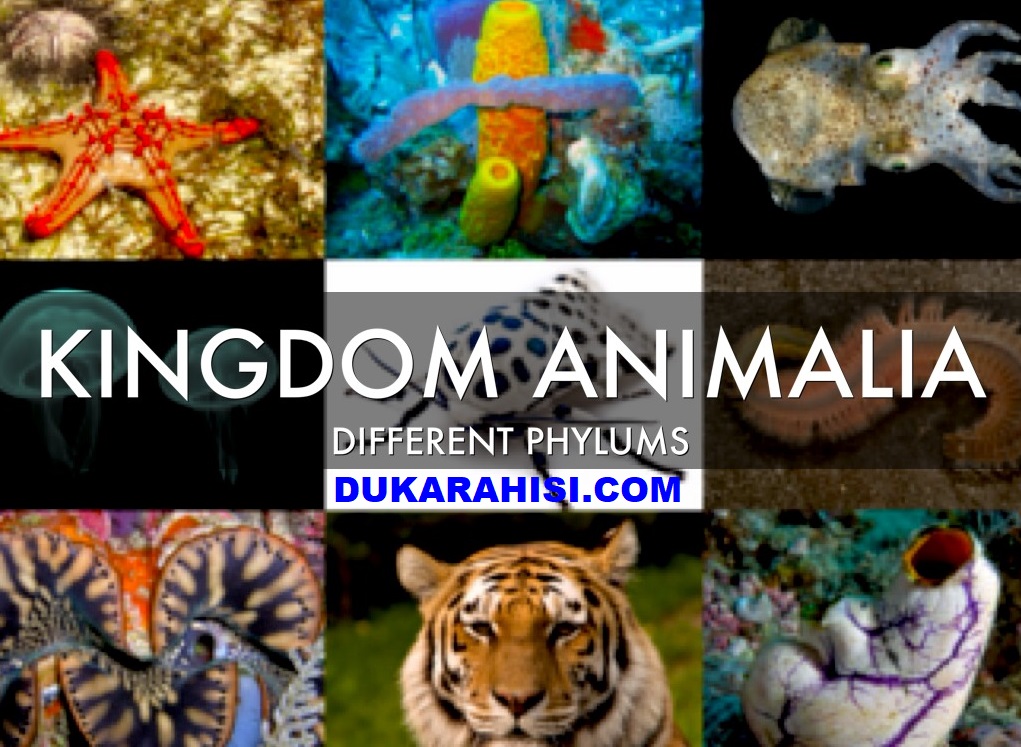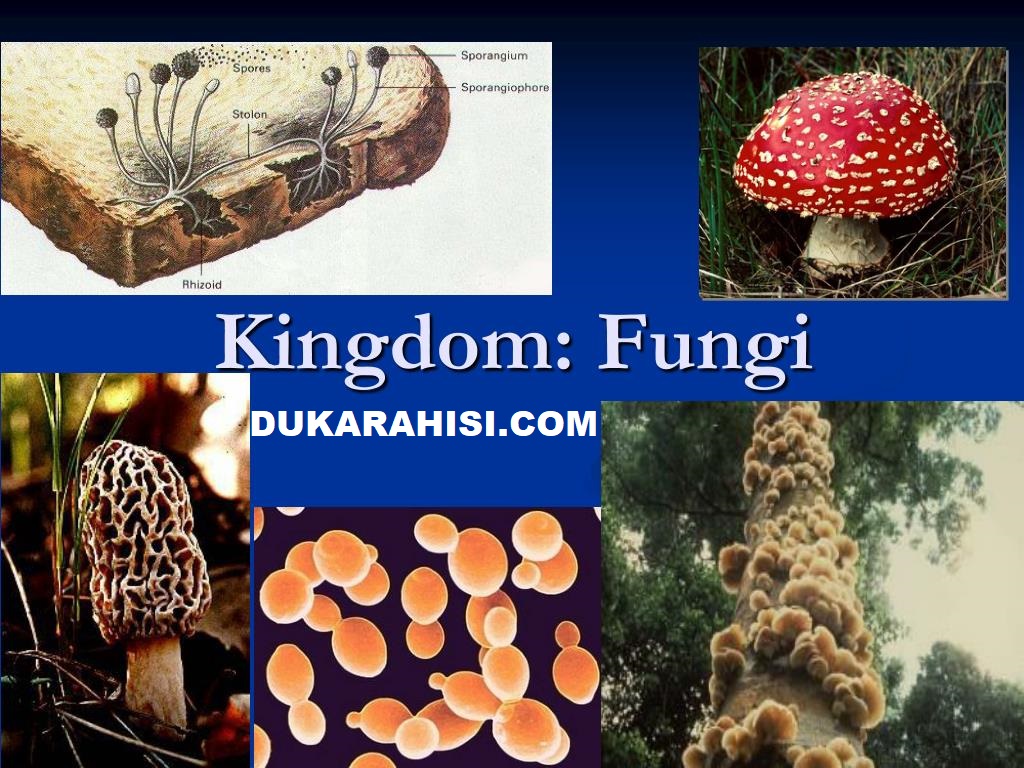TOPIC 2: NUTRITION | BIOLOGY FORM 2
Concepts of Nutrition and food Nutrients
Food Processing, Preservation and Storage.
The Concept of Food Processing , Food Preservation and Food Storage
Explain the concept of food processing , food preservation and food storage
Food
processing refers to all the ways in which food is treated in order to
make itedible, appetizing and safe to eat or to keep it fresh for a long
time.
Some of activities involved in food processing are;
- Picking, sorting and washing fruits and vegetables
- Cooking by boiling steaming, roasting backing or frying
- Converting raw materials into other products for example making cheersfrom milk or sugar from sugar cane
FOOD PRESERVATION
Methods of food preservation
- Keeping out micro organisms for example by canning or bottling
- Using high temperature to kill microorganisms that cause spoilage eg.By pasturalization and boiling
- Using very low temperature to slow down the growth of microorganisms for example refrigerationiv.
- Irradiation which is by using radiations such as gamma rays to killmicro organismsv
- Eliminating the moisture that is needed for growth of micro organismfor instance by drying, salting, smoking etc
- Adding chemicals such as salt sugar, carbon monoxide to preventphysical changes in food
FOOD STORAGE
to the methods used to keep or reserve of food for future use.
Foodstorage can be done on a small scale at the family level for example
in afamily granary or food store. Or large scale for large populations
e.g ingovernment stores of grains.
The following are the importance of food preservation
- prevents wastage of food
- it saves money by preventing spoilage of food
- maintains the quality of food
- prevents the growth of micro organisms that can cause illness
- improve the flavor of food
- removes armful toxins and micro organisms from food
- makes food available even where they are not in season
- enables transportation of delecate and perishable food such as milk andfruit over long distance
Traditional and Modern Methods of Processing, Preserving and Storing Food
Differentiate between traditional and modern methods of processing, preserving and storing food
They are two methods of food processing and preservation which are;
- traditional methods
- modern methods
TRADITIONAL METHODS
are methods used to process and preserve food which doesn’t require the
use oftechnology. The following are the traditional ways.
involves additional of substances such as salt, sugar, spaces and
vinegar toanimal foods, moist meat and fish. Curing removes water making
itunavailable for the growth of microorganism it also improve the taste
of food.Sausages, becon and curried beef are made by curing meat.
method is used to preserve rice, maize, cloves, banana, beans,
peas,meat, fish etc.Here food is left for long time on the sun in order
to reduce its moisturecontent. Reducing the amount of water in food
discourages the growth ofmicroorganisms. Some food such as banana and
cassava are cut into smallpieces to fasten the process.
is the traditional method which is used to reduce moisture content
offood to prevent growth of microorganisms. Grains, meat, fish can be
driedslowly over the smoking wood fire
methods of cooking are simple and include boiling, steaming,backing, in
hot hash and roasting. These processes help to soften food,improve
flavor and preserve food. Example potatoes, bananas, and maize canbe
boiled before being dried.
STORAGE IN GRANARIES AND PITS
Dry
grains are stored in granaries which are usually raised above the
ground.
The grains are sometimes mixed with neem leaf ash or groundnuts
oil to further prevent attack by microorganisms.Granaries keep grains
safe from insects rodents and birds. Example harvestedyams, potatoes and
cassava can be stored in large pits in the ground after drying.
ADVANTAGES OF TRADITIONAL METHODS OF FOOD PROCESSING ANDPRESERVATION AND STORAGE
- They are simple and they can be done by most people
- They use locally available materials and simple technology thus keeping costslow
- No harmful chemicals are added to the food
- Curing and smoking add distinct flavor.
- Most methods do not destroy nutrients
- Food can be preserved and stored for the limited period of time
- They are manual and thus difficult to apply on a large scale
- Traditional methods are highly limited in the variety of food that can beprocessed preserved and stored.
MODERN METHODS OF FOOD PROCESSING AND PRESERVATION
the temporary storage of food at low temperature of up to 4 centigrade
inorder to slow down the growth of microorganisms. Freezing involves
storingfood at very low temperatures in order to stop the growth of
microorganisms .frozen food can be kept for months.Food that can be
refrigerated include milk, fresh fruits, vegetables, juice andbutter.
Freezing is mostly used for meat, fish, fruits and vegetables.
method of preservation was named after its inventor Louis Pasteur.
Itinvolved heating food to a very highest temperature for a short time
in order tokill the micro organisms that can cause
spoilage.Pasteurization maintains the nutrients content and flavor of
food. Examples offood that can be pasteurized are milk and fruity juice.
CANNING AND BOTTLING
In
this method, food is preserved by heating it in airtight vacuum,
sealedbottles or cans. The container is filled with food then the air is
pumped out toform a vacuum. The container is sealed and heated to kill
microorganisms andenzymes but not enough to overcook the food. Food that
can be bottled orcanned include tomatoes, fruits, juice, beef, fish and
packed beans. Bottled orcanned food can be kept for months or even
years.
method involved the use of chemicals such as sodium benzoate,
sodiumchloride, and vinegar are added to food to slow down the growth of
microorganisms. This is commonly done to pressure fish and meat
is dried by using either hot blast of air from a vacuum drayer.
Afterdrying the food is then sealed in moisture –proof containers.
Is
the modern method which involve the use of rays of energy to stop
thegrowth of microorganisms in stored food. Example in onions, beans
andpotatoes. This makes food last longer. It also prevents sprouting in
onions andpotatoes.
- Food can last for many months and even a year
- Modern methods can process, preserve, and store large variety of food.
- They are advanced technology bused in fast and can handle huge quantities offood.
- The chemicals used can be harmful if eaten in excess
- These
advanced technology involve means where they are used only in certain
areas for instance refrigeration requires electricity. - The process used for example canning and pasteurizing require special skills.
- Sometimes nutrients are lost thus lowering the nutritional value of food
DIFFERENCES BETWEEN TRADITIONAL AND MODERN METHODS OFFOOD PROCESSING AND PRESERVATION
TRADITIONAL METHODS |
MODERN METHODS |
| Less costiful | High cost iful |
| It involves the use of low technology | It involves the use of advanced technology |
| It processes and preserves food for alimited amount of time | Preserves food for months and evenyears |
| It uses local materials to process and preserve food It is used by most people | It uses chemicals to process and preserve foodIt is used by few people |
| It select type of food to be processed and preserved | It is not selective |































































Hello to every one, the contents existing at this web page are in fact remarkable for people
knowledge, well, keep up the nice work fellows.
Actually no matter if someone doesn’t know then its up to other viewers that they will help,
so here it takes place.